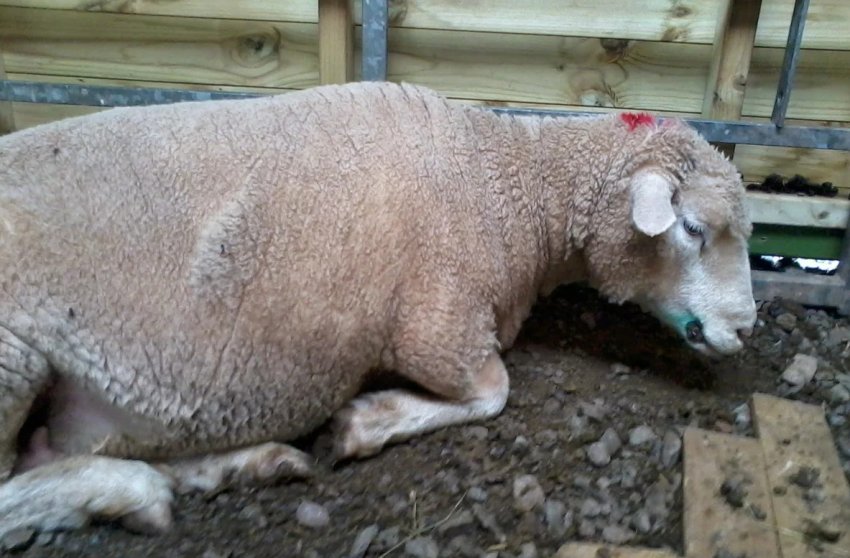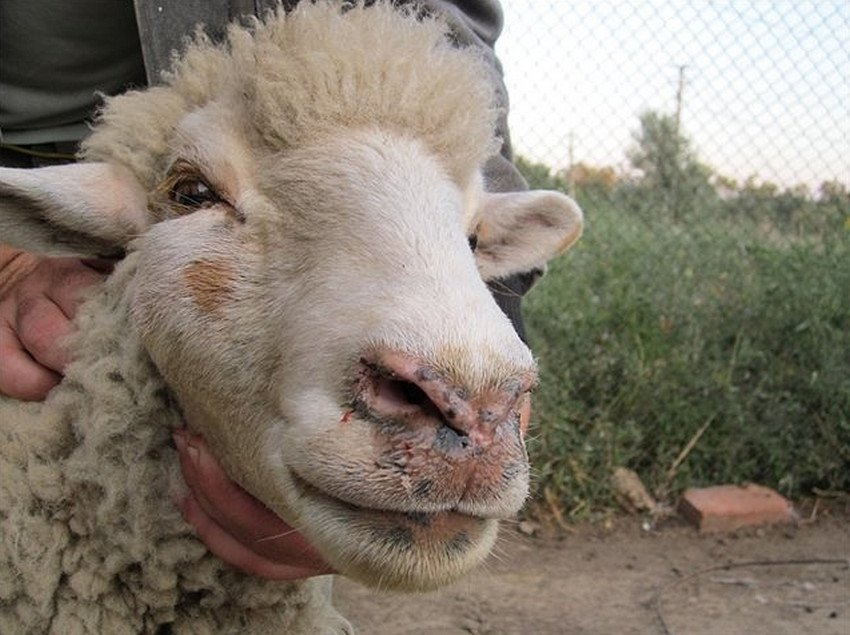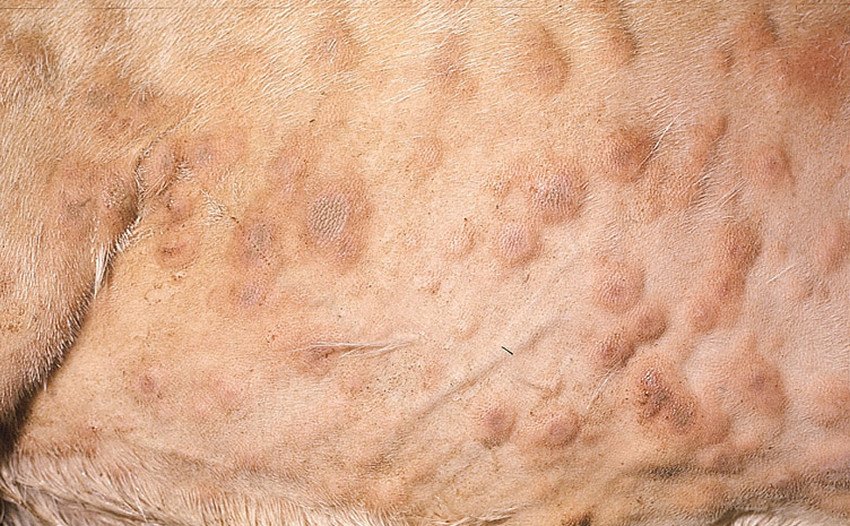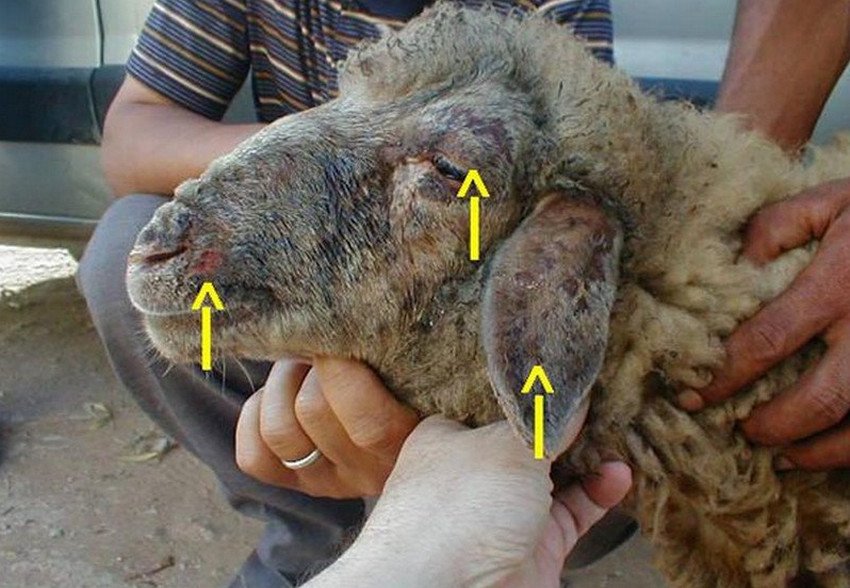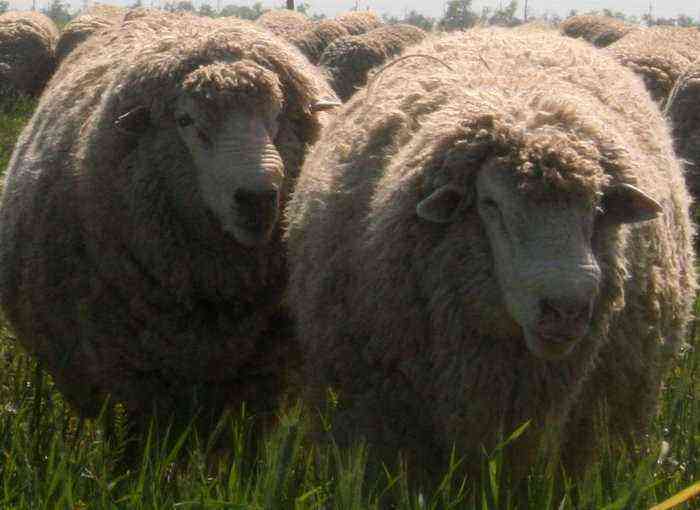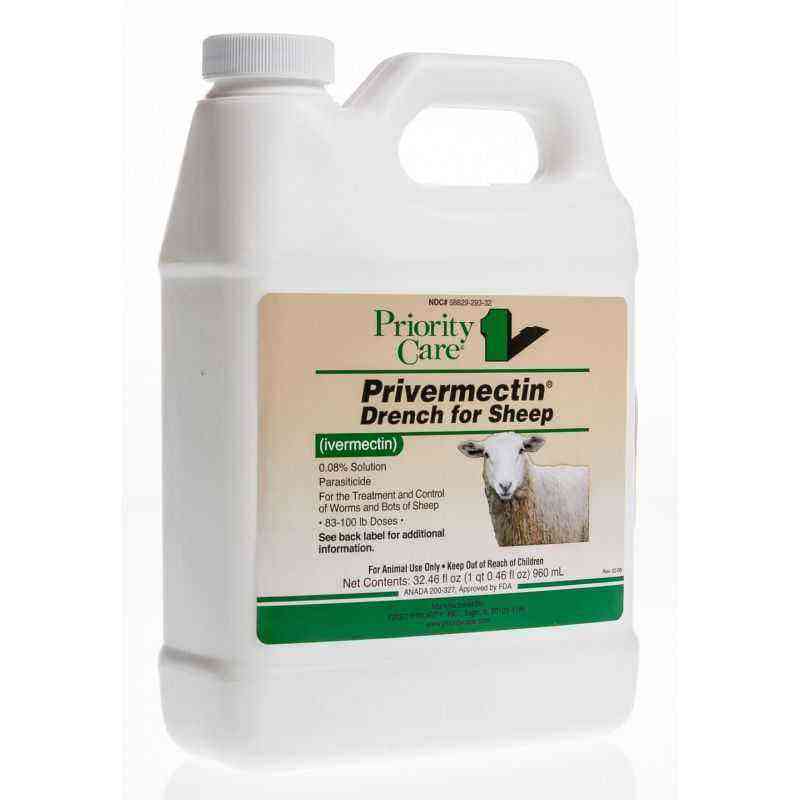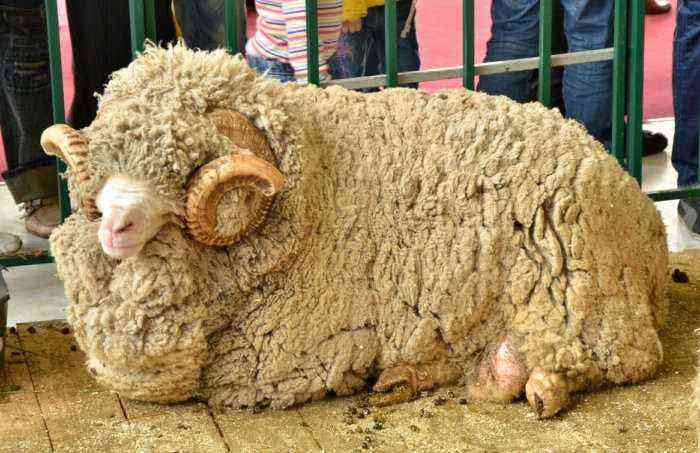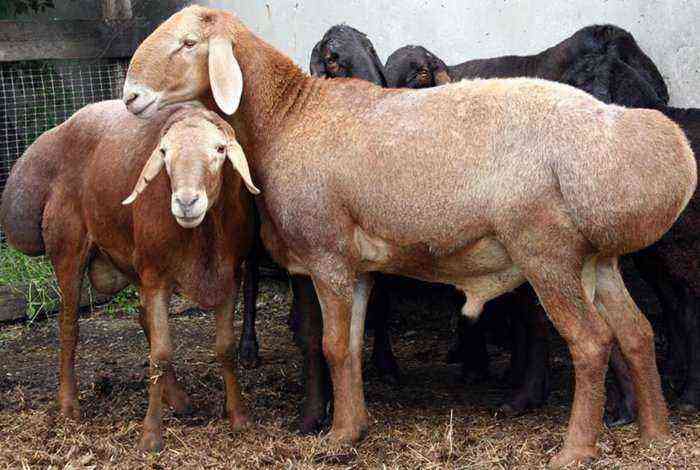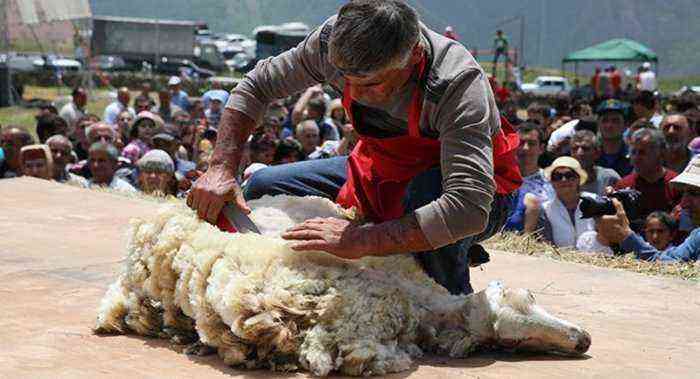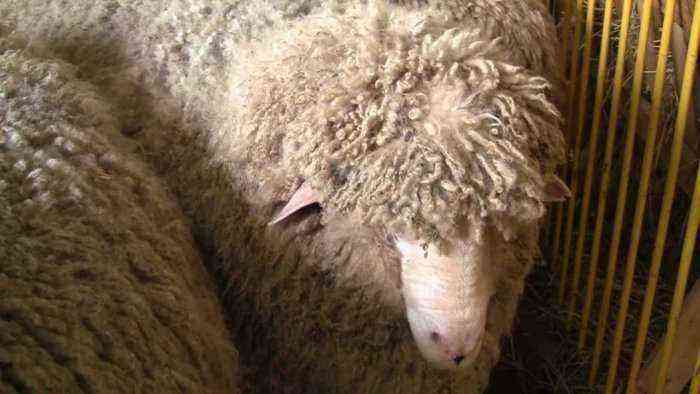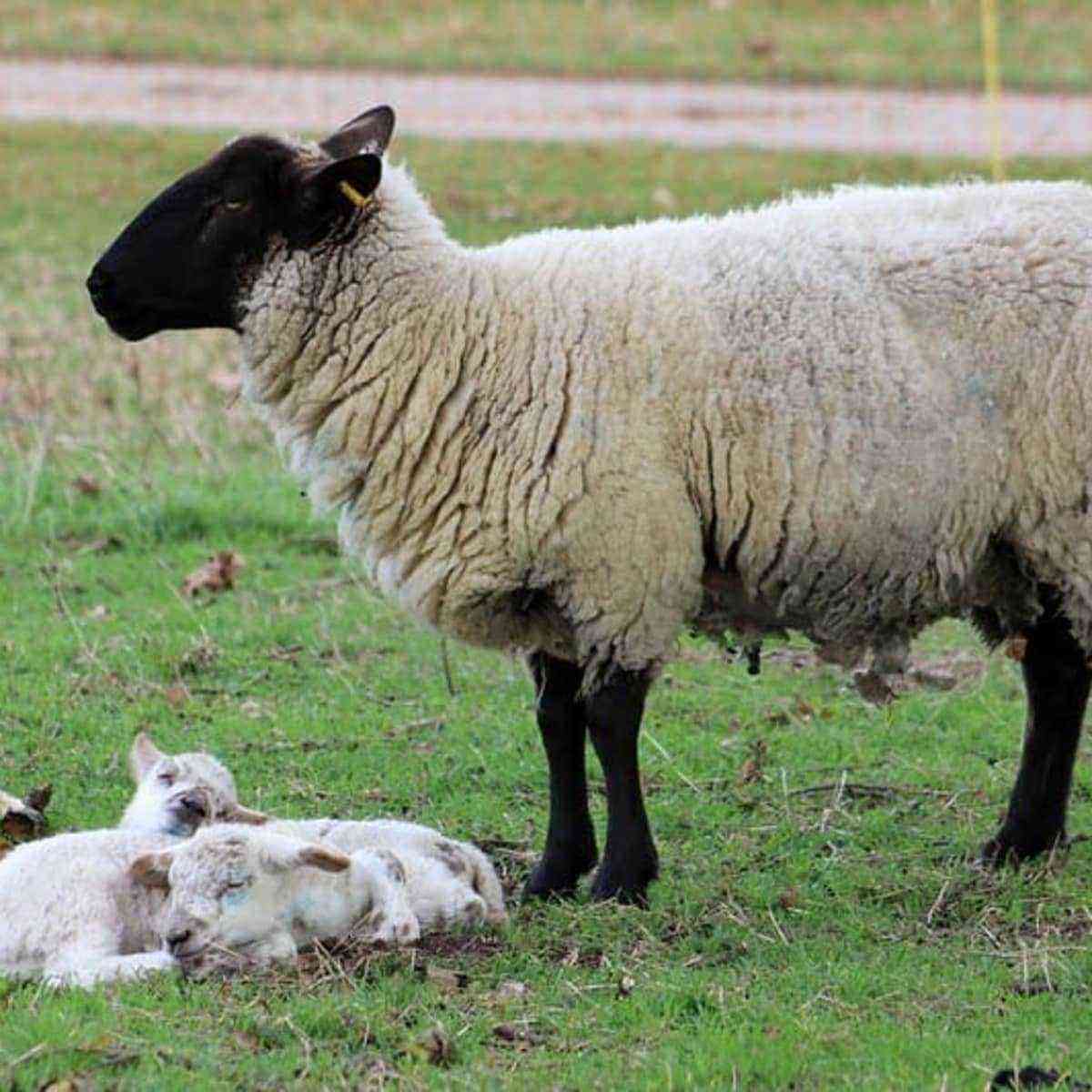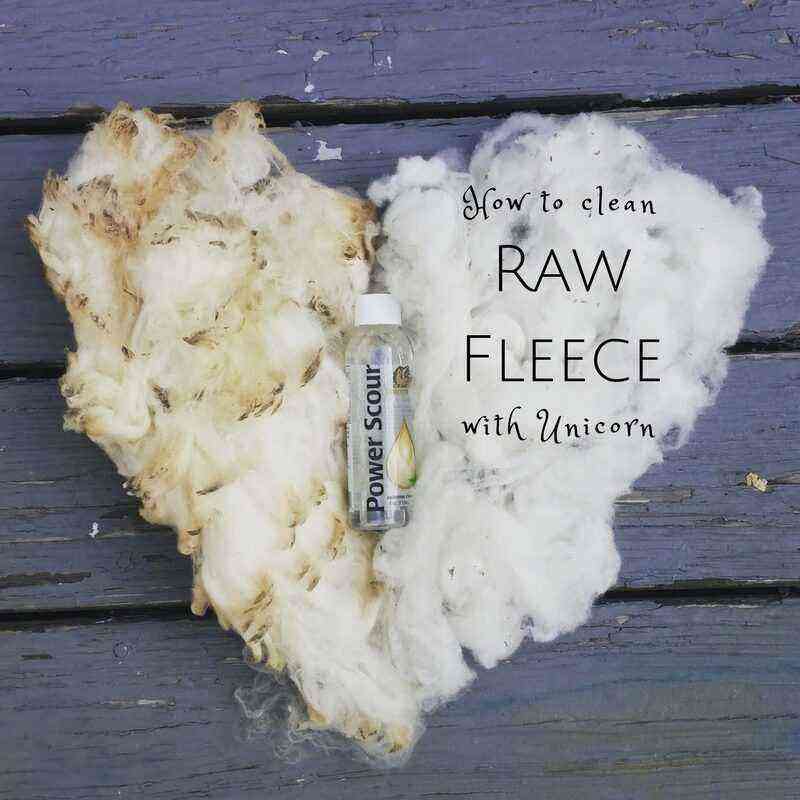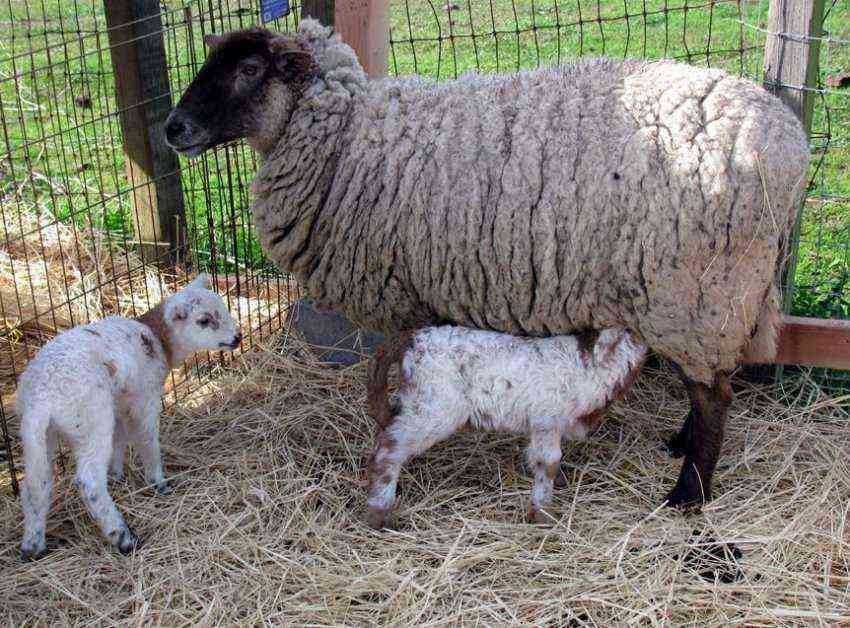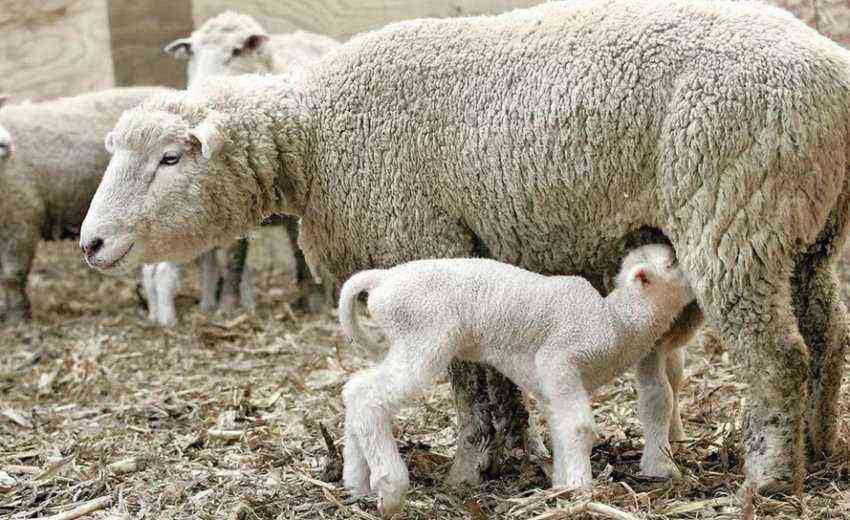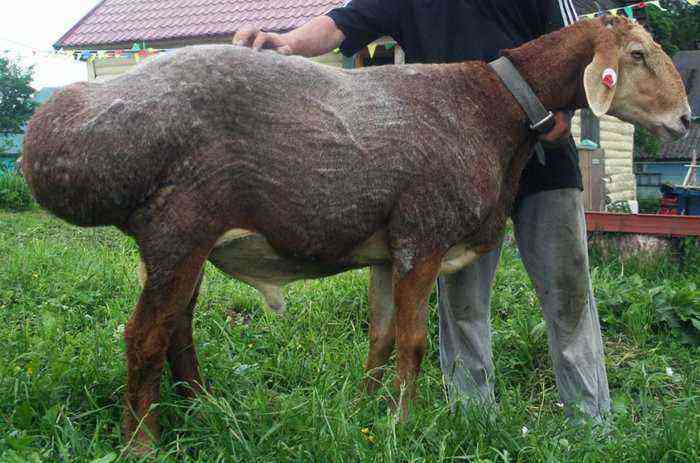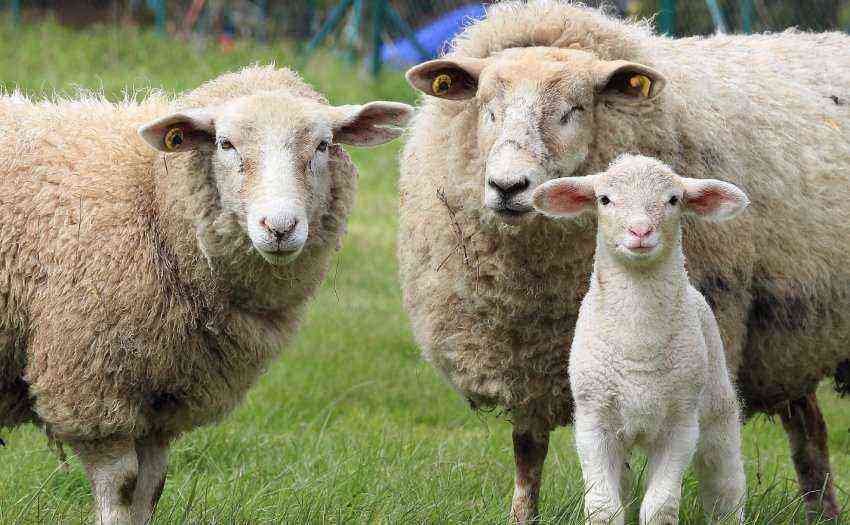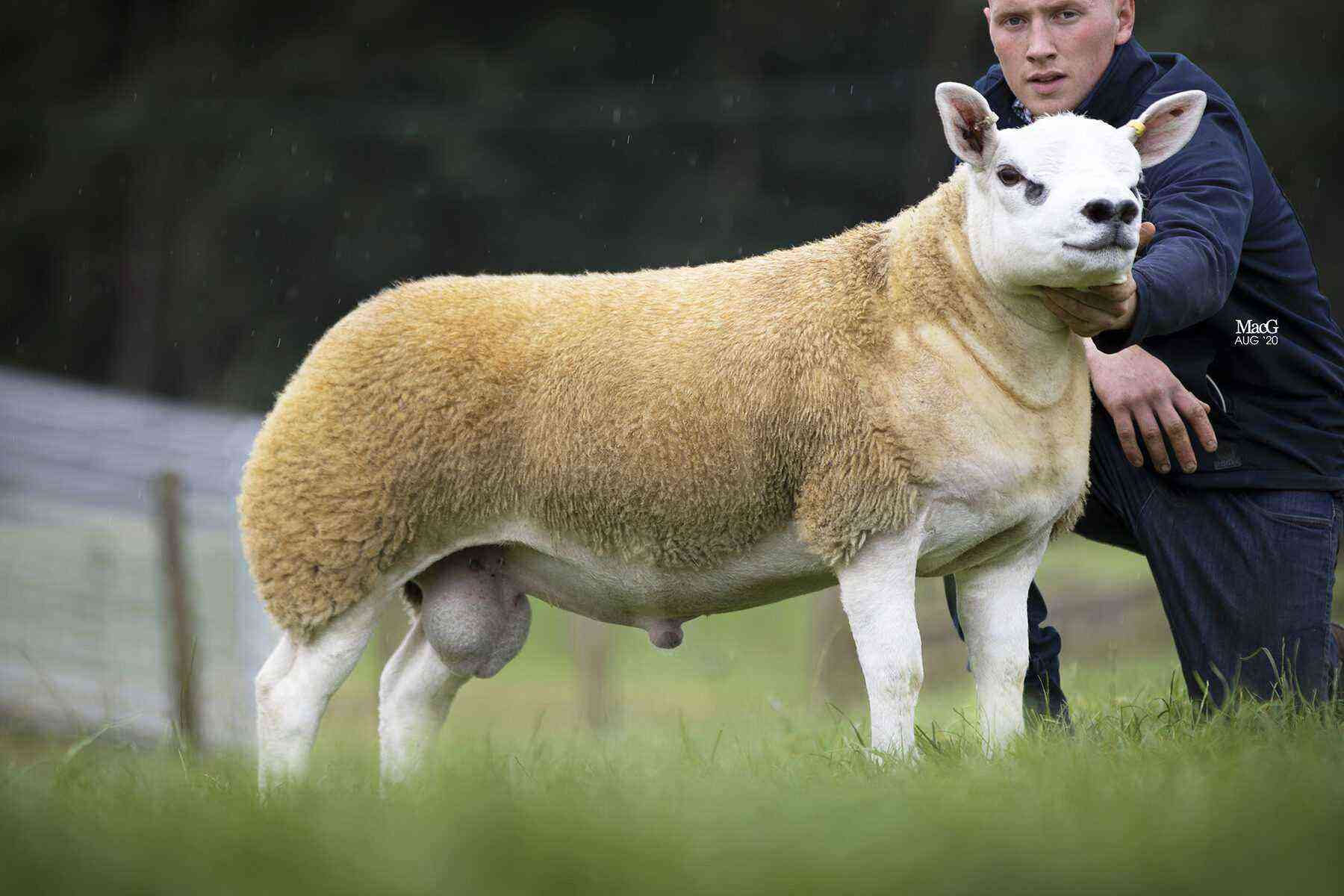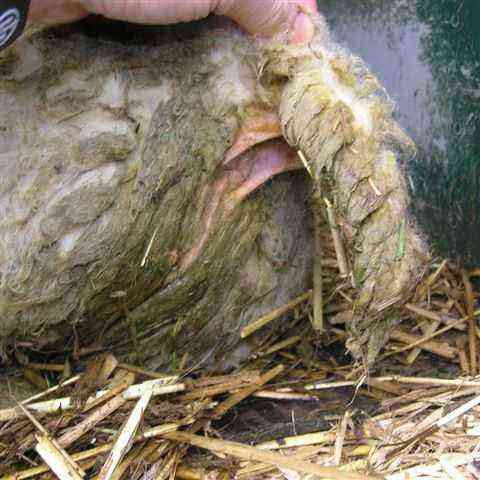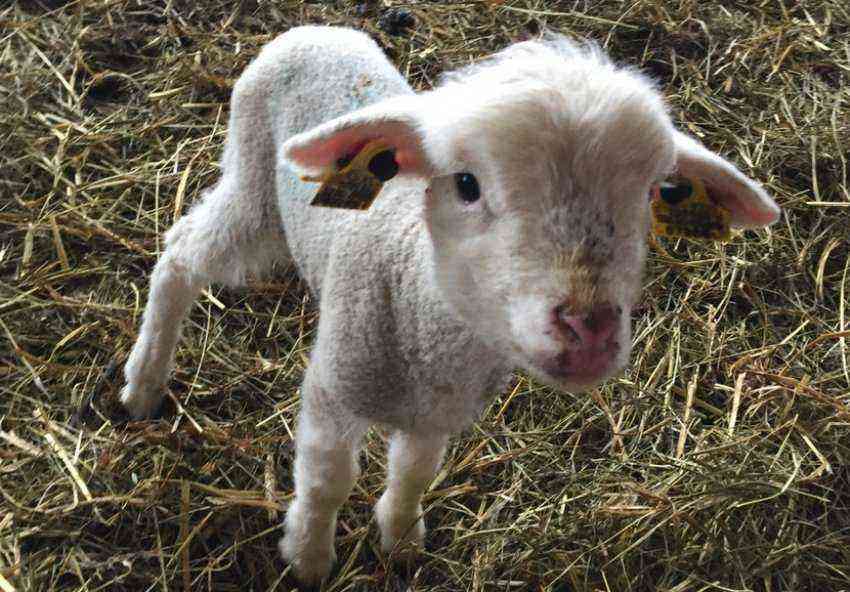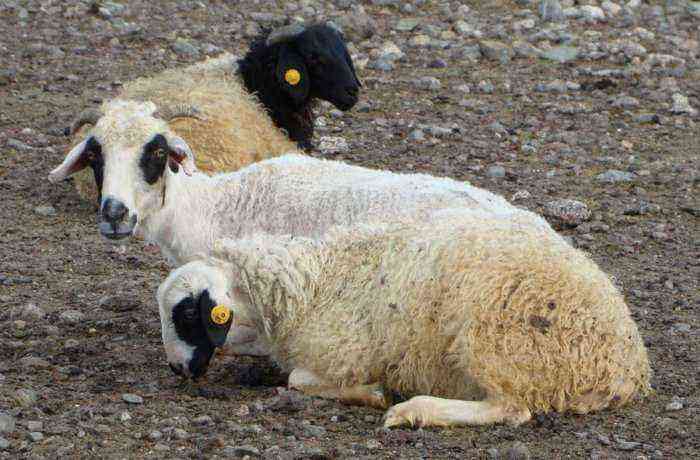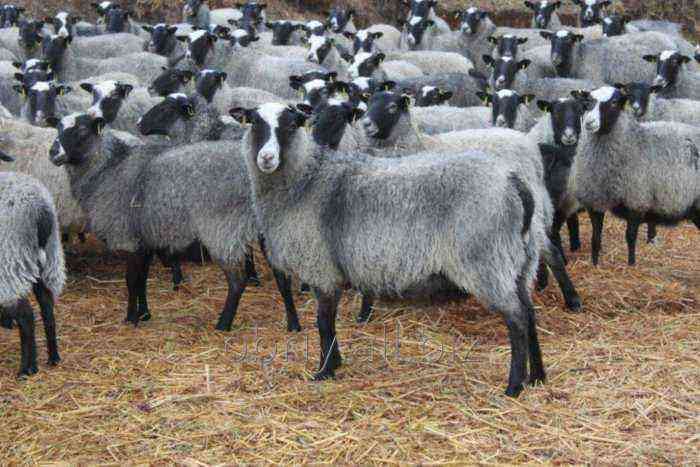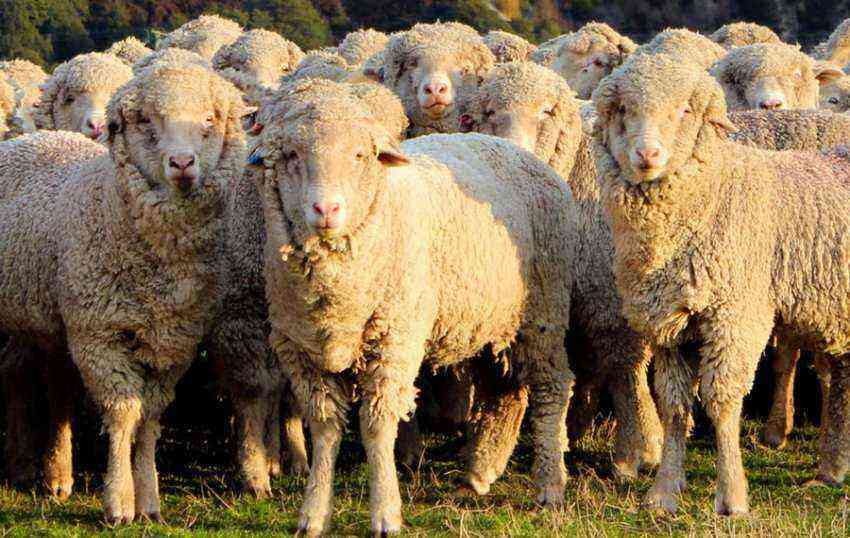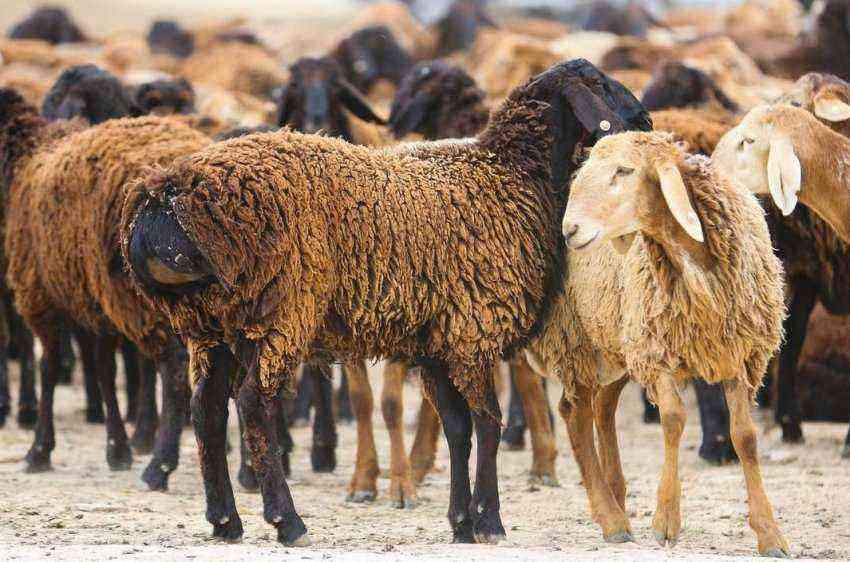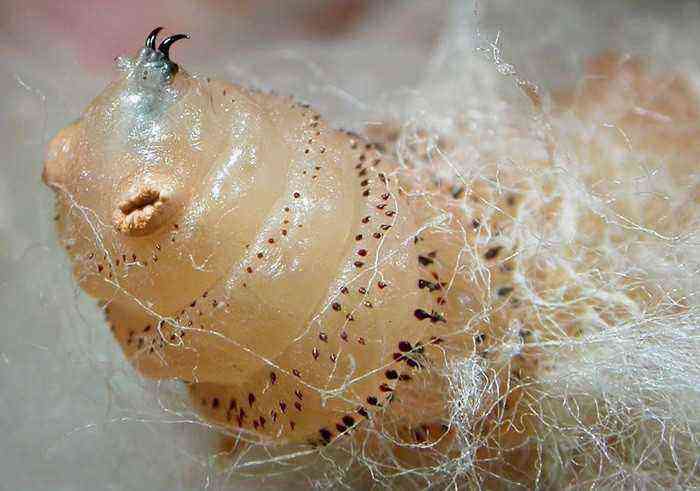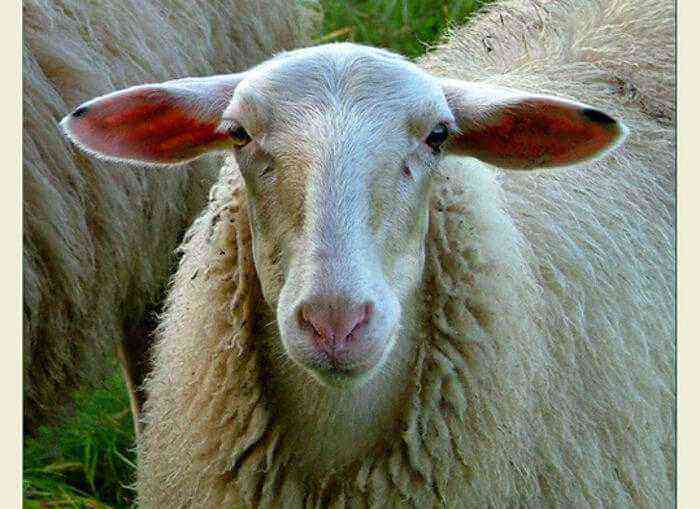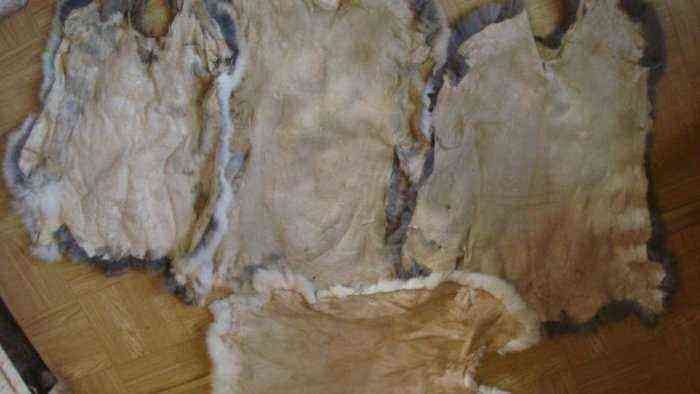In the middle of the XIX century. smallpox claimed many human lives, but was successfully defeated by vaccination, and in the animal kingdom, this disease still sometimes affects domestic goats and sheep. The virus is one of the most dangerous for livestock, causing a significant deterioration in the well-being of animals, and in some cases their death. To effectively combat the disease, you need to know the characteristics of the smallpox virus and the features of its effect on the animal’s body, the specifics of the course of various forms of the disease, and also clearly follow the recommended measures. More about all this – later in the article.
Pox of sheep and goats
Sheep and goat pox (lat. – Variola ovina) is a contagious viral disease that can rapidly infect up to 80% of the livestock on the farm, killing from 5% to 50% of all livestock. Its causative agent is a highly virulent virus, which, after entering the animal’s body, causes fever, and then a specific papular-pustular rash, which changes during the course of the disease. Thanks to the invention of the vaccine, the risk of smallpox infection in sheep and goats has been significantly reduced, but outbreaks of this infection can still be observed in some farms, causing serious damage to livestock farmers.
Did you know? At the beginning of the XVIII century. in Europe, for the first time, they began to vaccinate people against smallpox – at the same time, biological material was extracted from the ulcers of people recovering from this disease, soaked with a thread and sewn under the skin of a healthy person.
Disease history
The first cases of infection of animals with smallpox were recorded in the territory of Ancient Egypt and China in 3700 BC. e. In Europe, the infection presumably came from the Middle East in the XNUMXth century BC. BC e. Sheep pox has been known since the XNUMXnd century BC. n. when the first outbreaks of the virus were reported among these animals.
The largest smallpox epidemics in Europe were recorded in England (late XNUMXth century) and France (mid-XNUMXth century). On the territory of Russia, the infection was most known in the XVIII-XIX centuries.
Chronology of smallpox research by scientists around the world:
- the contagiousness of this disease was first established by the French doctor Bourgelia in 1763;
- a detailed description was given in 1777 by the scientists Dobanton (France) and Thyssen (Germany);
- all stages of smallpox received a detailed description only in 1798, and Dr. Gilbert was engaged in their description;
- for the first time, only the French scientist Borel managed to study in detail the causative agent of infection in 1903;
- it was possible to create a full-fledged vaccine against smallpox in 1944 – the basis of the resulting drug is aluminum hydroxide.
Today, outbreaks of sheep pox and goat pox are sometimes observed in Africa, Asia and the Middle East, as well as in some border regions of Russia. By taking the necessary preventive measures and timely vaccination, the farmer manages to protect animals from infection.
Did you know? People stopped being vaccinated against smallpox in 1980, and the World Health Organization announced that this virus no longer exists in nature.
Etiology: characteristics of the pathogen, ways of transmission
The causative agent of smallpox is the Sheep capripoxvirus. It belongs to the group of pox viruses and contains DNA inside its particle, which is larger than other similar pathogens. Absolutely all sheep and goats can become infected, and the most susceptible to the disease are young individuals and fine-fleeced breeds of animals.
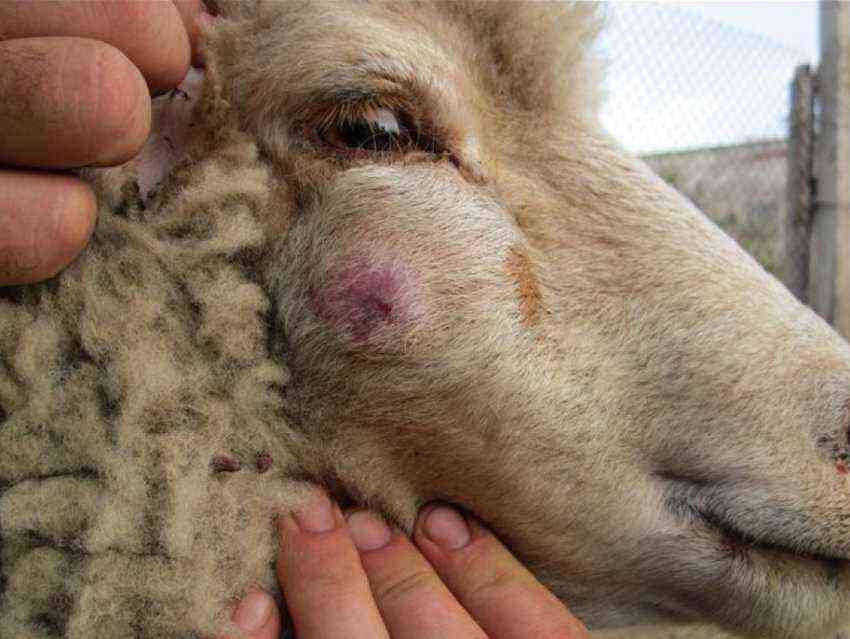
The etiology of smallpox virus and how it spreads:
- Virions are oval or brick-shaped and can be up to 250 mµ in size.
- Under a microscope, individual smallpox virus particles can be seen if they are stained with silver. These particles are called Paschen bodies and have a rounded shape, are located singly or in small groups.
- In the body of a sick animal, particles of the smallpox virus can be found in diseased cells of the epithelial tissue, as well as in the fluid that fills the pustules and vesicles.
- The smallpox virus dies within 15 minutes under the influence of a temperature of +53 ° C or when it rots, but it can be preserved in the cold, remaining capable of reproduction for several years.
- On the surface of the grass and wool of recovered individuals, the causative agent of smallpox can persist for up to 2 months, and indoors for animals for up to six months, but in the external environment it can be destroyed using disinfectants (chlorine lime, carbolic acid, etc.).
- The source of infection can be sick and recovered individuals (including animals during the incubation period of the disease).
- Infection of an animal occurs when the virus enters the mucous membrane (i.e., in the oral cavity, digestive organs or eyes). The disease among the livestock spreads along with dry scabs that fall off during the course of the disease, mucous secretions from the nose of infected individuals. It is transmitted to young animals through the milk of an infected mother.
- Goats and sheep can also become infected with smallpox through feed, manure, household equipment, and people who have had recent contact with sick individuals.
- The disease spreads among the livestock in the form of epizootics, and the defeat of most sheep and goats in the herd occurs within 3-4 weeks.
Important! The incubation period for smallpox can range from 3 to 20 days.
Primary symptoms and diagnosis of the disease
The sooner a farmer notices signs of smallpox in sheep and goats, the sooner he can isolate the diseased animal and take the necessary measures to prevent the massive spread of infection. The difficulty lies in the fact that during the first few days after the smallpox pathogen enters the body, the infected individual does not show any symptoms, but the virus actively multiplies in epithelial cells and on the mucous membranes of the respiratory tract.
After the end of the incubation period in the body of a sheep or goat, you can notice the following primary deviations:
- the eyelids swell in the animal, and mucus begins to stand out from the eyes;
- the breathing of a goat or sheep is very difficult, when inhaling and exhaling, the individual emits a loud sniffling;
- the appearance of thick mucous, and then purulent discharge from the nose;
- the animal loses its appetite and is in a depressed state all the time;
- an increase in body temperature of a sheep or goat up to + 41 ° C;
- the appearance and rapid spread of a characteristic rash in the form of reddish spots with slight swelling along the periphery, turning into papules, on hair-free areas of the animal’s body (legs, head, genitals).
For the diagnosis of smallpox, a comprehensive analysis of such data is carried out:
- epizootological – only sheep and goats are susceptible to this virus, so other animals on the farm will have no signs of infection;
- clinical – some initial symptoms of infection (except rash) are similar to signs of other diseases of the livestock (tick-borne scabies, eczema or fungal scab), so it is necessary to distinguish smallpox from other ailments;
- pathological – when smallpox is infected, ulcers and erosion appear on the mucous membranes of the internal organs and respiratory tract of the animal, lymph nodes increase.
In order to accurately diagnose the disease, the following types of biomaterial are taken for analysis from an infected individual:
- blood;
- skin fragment with fresh papules;
- lungs and spleen (in case of death of the animal).
Did you know? In Russia, the first vaccination against smallpox was given to Catherine II in 1768.
Course of the disease
The duration of the incubation period depends on the state of immunity of the infected individual and the conditions of its maintenance. After the appearance of the first symptoms listed above, the further course of the disease has several characteristic stages and may differ in varying degrees of severity. The most difficult to tolerate this disease are young lambs, as well as fine-fleeced sheep, in which the rash covers a significant area of the body surface., provoking the onset of a dangerous inflammatory process and general intoxication of the body.
Features of the course of smallpox depending on the severity of the disease are presented later in the article.
Smallpox
Most domestic sheep and goats carry smallpox in the standard form and recover safely with proper care and treatment. In this case, the disease proceeds in several stages:
- Appeared on the skin, round pink rashes in 2-3 days are transformed into papules, surrounded by a red raised border.
- At this stage, the body temperature of the animal decreases by several degrees, approaching the normal level, and the papules actively increase.
- After another 3-4 days, the surface layer of the skin around the papules begins to rise, and the formations themselves are filled with a transparent serous yellowish liquid, turning into vesicles.
- In the process of further maturation for 3 days, the papules acquire a paler grayish-yellow appearance. Each of them contains pus, and outside the rashes are surrounded by a pink border.
- Numerous papules can merge into solid lesions.
- In a typical course of the disease, after 3 days, the vesicles and pustules begin to dry out, turning into brown scabs.
- Gradually, the upper layer of the epidermis separates in the form of a thin film, and connecting scars form under the scabs.
- After exfoliation of the affected areas of the epidermis, wool begins to grow on the surface of the scars over the next 4-6 days.
- With this course of the disease, infected sheep and goats fully recover after 3-4 weeks, and their well-being improves significantly.
Abortive smallpox
In a family of animals with stable immunity, which were kept in good conditions and received a complete balanced diet, smallpox can proceed in an abortive form. The main features of the course of this type of disease:
- a few round red rashes appear on the skin of sheep and goats;
- pustules and vesicles are not formed, that is, the rash does not go through all the stages of modification listed above, which are characteristic of a typical form of the disease;
- the state of health of a diseased individual during this period is characterized only by a slight increase in body temperature and slight depression;
- after a few days, the pockmarks that appear quickly disappear, leaving no scars or other traces of damage on the skin.
Important! Despite the mild course of the disease, the abortive form of smallpox also causes the formation of stable lifelong immunity in sheep and goats that have recovered from the disease.
Severe form of smallpox
If the animal is kept in insufficiently comfortable conditions or lacks the necessary nutrients, then its immunity is weakened. In this case, when infected with smallpox, various complications can develop, which in 50% of cases lead to death.
The main features of a severe form of the disease:
- individual pockmarks on the surface of the skin merge into large lesions, from which pus is released;
- there is a significant increase in body temperature against the background of the onset of the inflammatory process;
- sick goats and sheep develop shortness of breath and cough, which indicates damage to the lungs;
- the infected individual becomes weak and cannot stand up;
- in animals, severe diarrhea begins, accompanied by general exhaustion of the body.
The manifestation of smallpox on the internal organs
In addition to the appearance of characteristic external symptoms, the smallpox virus also affects the internal organs of goats and sheep, which can cause the death of livestock in the event of a severe form of the disease.
The main pathological changes that appear in the body of an infected animal:
- the mucous membrane of the gastrointestinal tract and respiratory tract becomes inflamed, and erosion and ulcers appear on its surface;
- hemorrhages can be observed on the serous integuments;
- gangrenous foci appear in the lungs, provoking a strong cough and shortness of breath;
- the liver acquires a clay color, and the spleen increases significantly in size;
- the heart muscle has a flabby surface;
- there is an increase in the size of all lymph nodes.
Important! Smallpox quarantine can only be lifted 3 weeks after the death or recovery of the last sick animal on the farm.
Control measures: treatment, quarantine
If at least one case of smallpox is recorded on the farm, then all animals on the farm are immediately taken into account. Sick individuals are isolated, completely limiting their contact with other sheep and goats. Healthy animals are vaccinated and then monitored for their health. Every 10 days, a representative of the veterinary supervision visits the farm and examines all animals, and quarantine is introduced in the area where the infection spreads.
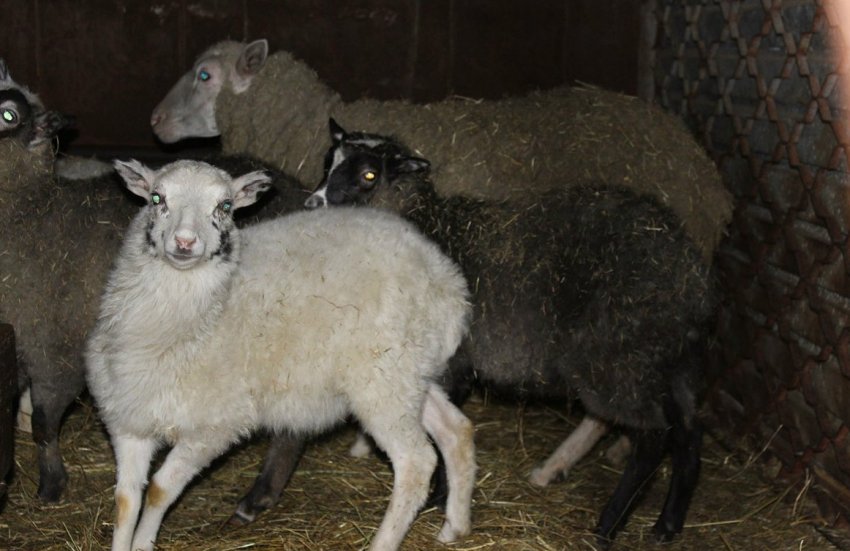
There is no specific cure for sheep and goat pox, so sick animals are treated symptomatically, following these recommendations:
- the infected individual must be moved to a warm and dry place;
- the animal is provided with complete rest, limiting its mobility with the help of a corral;
- liquid feed and finely chopped vegetables are introduced into the diet of a goat or sheep – they are most easily digested in the stomach;
- ensure constant access of the animal to clean drinking water;
- with an increase in body temperature, antipyretics are used as prescribed by the veterinarian;
- to increase immunity and ensure a quick recovery of the animal, vitamins are used;
- as a preventive measure for possible complications of the disease, the veterinarian prescribes a course of antibiotics to sick individuals;
- ulcers formed on the surface of the animal’s body are lubricated with iodine solution;
- the nasal cavity and eyes of an infected individual are washed with warm infusion of chamomile to eliminate purulent mucus and relieve inflammation;
- if the animal did not survive as a result of infection, then the corpse is burned, and the room is disinfected with 20% freshly slaked lime or 3% sulfuric carbolic mixture.
Did you know? In the XVIII century. the annual death rate from smallpox among the inhabitants of Europe was more than 500 people.
During quarantine, it is forbidden to take the following actions:
- carry out regrouping of animals within the farm;
- import and export of any animals from the territory of the infected farm;
- allow sick individuals to a common pasture or watering place;
- shear sick sheep;
- remove from the territory of the farm hay, feed or equipment used for sick animals;
- allow any cargo or passenger transport to enter the territory of the outbreak of the disease;
- consume raw milk of sheep or goats that has not undergone heat treatment;
- allow other people to see sick animals, with the exception of farm attendants;
- trade in live sheep and goats from the farm or sell their meat;
- hold exhibitions and agricultural fairs with the participation of quarantined animals.
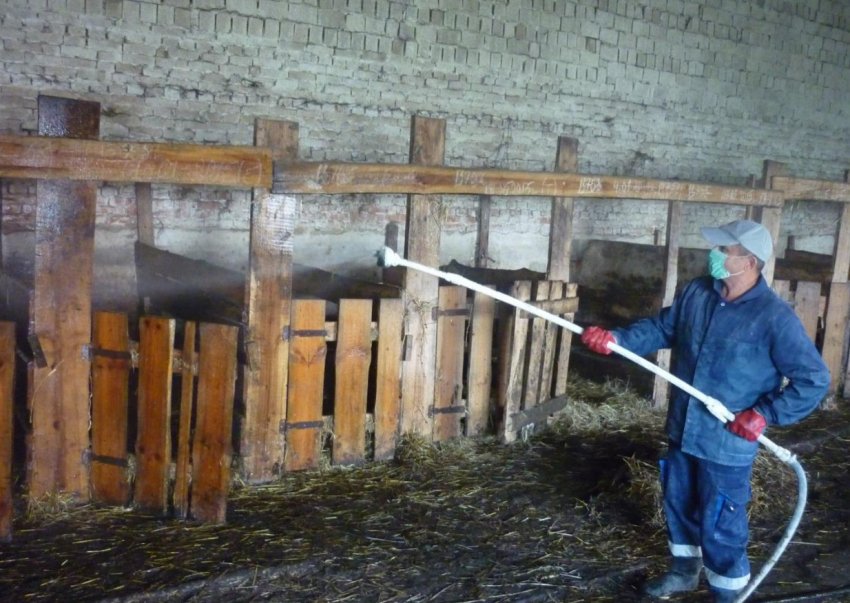
Preventive measures and disease prevention
Preventing smallpox on a farm is much easier than treating it later. Therefore, when breeding sheep and goats, it is necessary to regularly carry out preventive measures to protect the livestock from possible infection.
Important! As a result of vaccination, sheep and goats develop stable immunity to smallpox for 1 year.
To prevent the disease, it is recommended to carry out the following actions:
- to vaccinate livestock at the threat of smallpox infection;
- if an outbreak of infection was recorded on the farm, then all animals must be vaccinated over the next 3 years;
- do not use in your household feed and equipment brought from farms where quarantine has been declared;
- maintain cleanliness in paddocks, walking areas and sheepfolds, as well as monitor compliance with sanitary standards in animal grazing areas;
- place all newly arrived individuals on the farm in quarantine for 30 days – if the animal is infected, then the disease will definitely manifest itself during this period;
- regularly invite a veterinarian to inspect the herd in order to identify the disease at an early stage;
- timely carry out preventive treatments and destruction of pests – they can be carriers of infection;
- carry out grazing of animals strictly in the designated area, preventing the flock from moving along unknown routes and pastures;
- assign to each group of animals a permanent employee involved in the maintenance of sheep and goats.
Smallpox is one of the most dangerous diseases of goats and sheep, which causes great damage to the farmer and can lead to infection of the entire livestock. But, knowing the characteristics of the course of various forms of this disease and putting into practice the listed tips for treating infected individuals, it is possible to minimize losses in the herd and help animals cope with the disease. And with the implementation of the preventive measures recommended in this article, it is most often possible to completely avoid smallpox infection.
